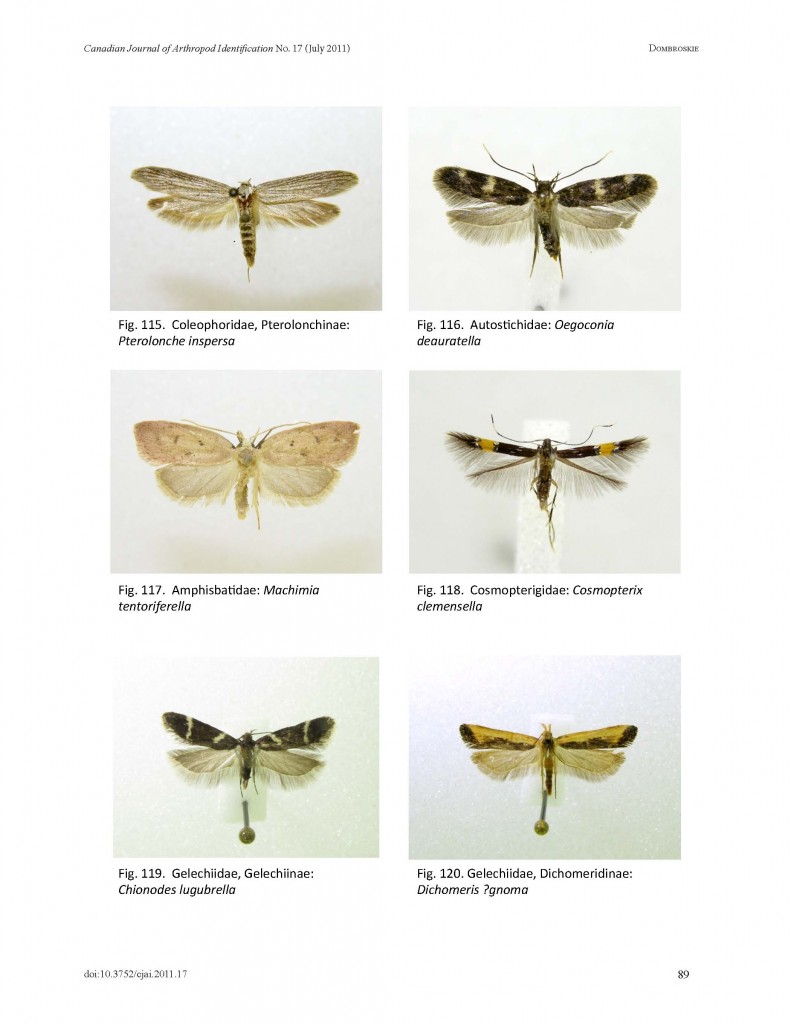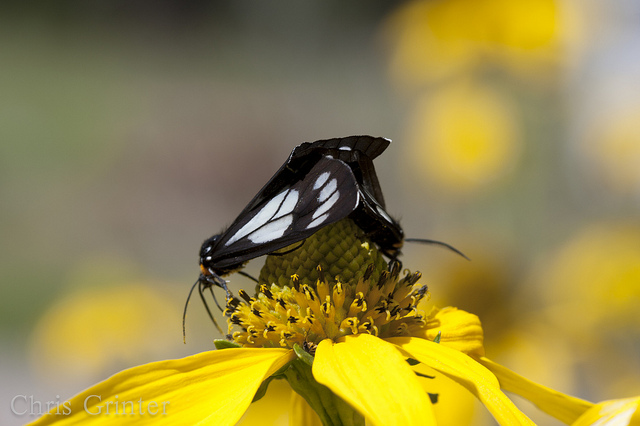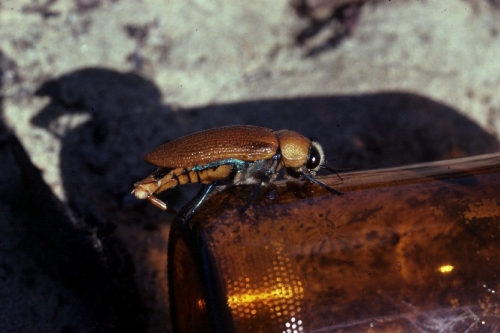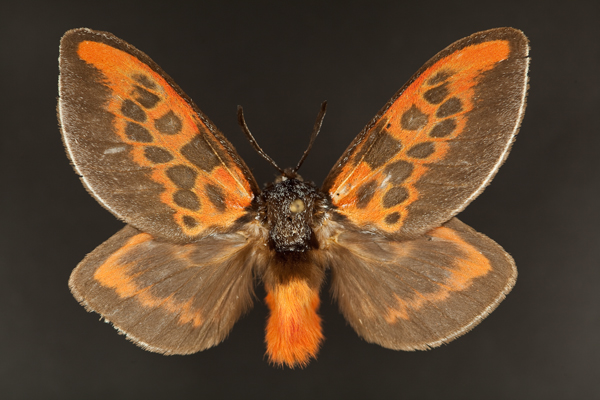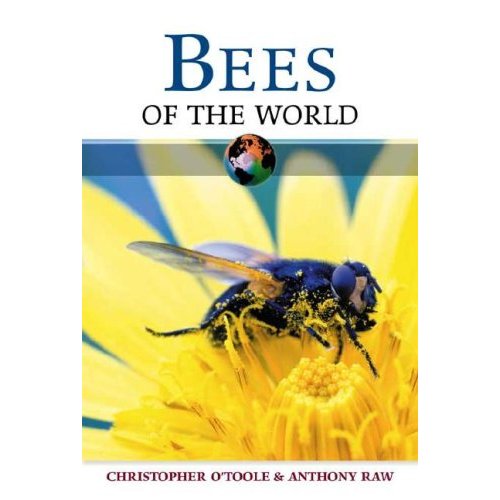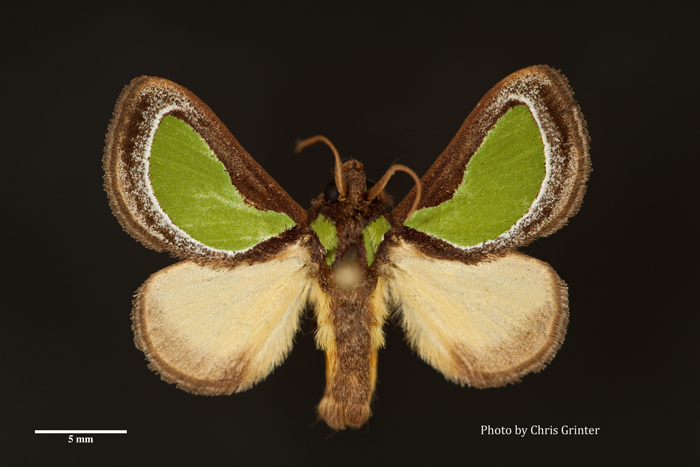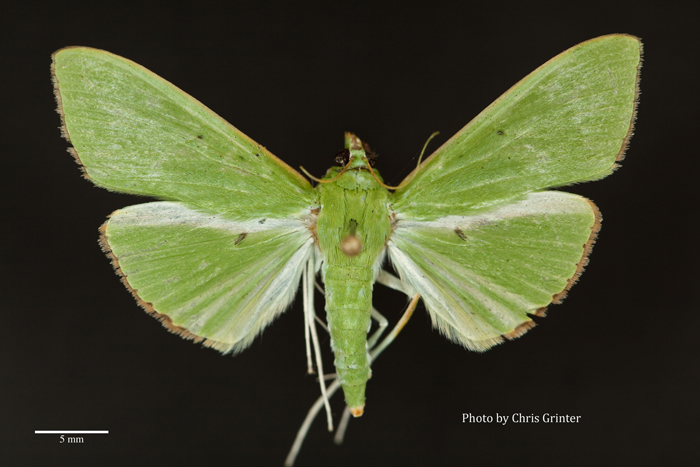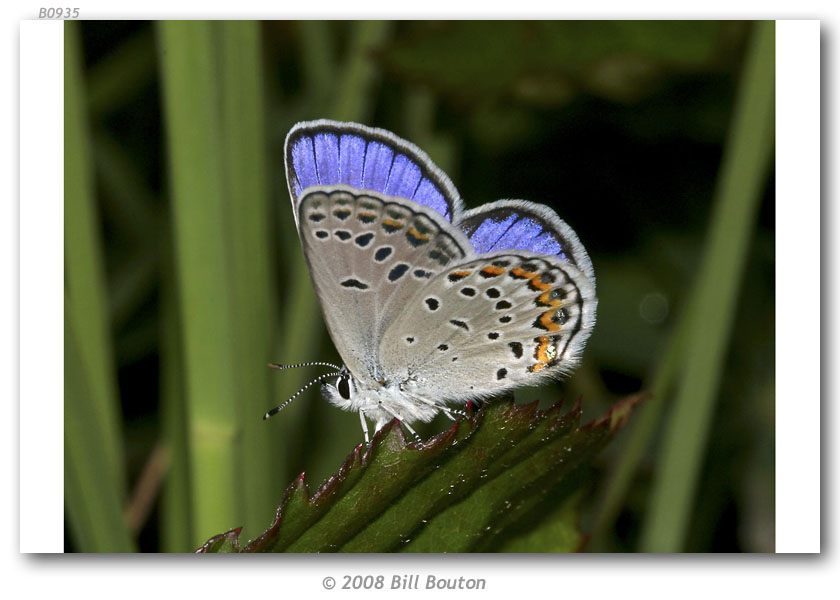A few months ago a magnificent key to the Lepidoptera of Canada (all of them) was published by Jason Dombroskie – a PhD student from the U. of Alberta. The program is available for windows users only so I haven’t had a good chance to explore it yet – but the PDF is available online and covers the same material. All known Canadian Lepidoptera are included in this key and most of them down to subfamily or even tribe! Er zijn 222 taxa, 73 characters and 266 character states that help narrow things down. This is the first reference of its kind to accurately and completely cover the fauna of an entire country and the first to use a well illustrated and interactive key. It’s surprising how well known the leps are yet how few good references exist, almost none of which have a usable key. For everyone out there who has struggled to identify leps before this will be an incredibly helpful resource. Toegegeven, there are likely a few US moths that could throw a wrench into the flow of things, but by and large I doubt there will be many problems.
|
Deze maandag mot is een Arctiinae, Gnophaela vermiculata. Deze mooie dag vliegen motten waren overvloedig op geel Helianthus bloemen rond 9000′ in de Santa Fe National Forest, New Mexico. Rupsen voeden zich met boshyacinten, maar de volwassenen de voorkeur aan de hoogste kwaliteit nectar bron in het gebied – die gelukkig maakt voor eenvoudige en aantrekkelijke foto onderwerpen. Vandaag is een trieste dag in de geschiedenis Natuurkunde, de Tevatron versneller op Fermi Lab in Batavia Illinois werd uitgeschakeld voor de laatste keer. Zodra de tweede sterkste versneller ter wereld (en meest krachtige in de VS.), de nieuwe LHC heeft deze prachtige machine achterhaald. Ik kan alleen maar aannemen dat de teams van wetenschappers werken in Fermi waren hoopvol voor verdere financiering, maar de grand ol’ dagen van de big-budget fysica werd verpletterd door het congres in 1993 met de annulering van de SSC. Uit Europa onze natuurkundigen gaan! Ik heb veel goede herinneringen aan een bezoek Fermi met mijn lagere school wetenschap klasse. Elk jaar Mr. Huis zou ons naar de fysica en de natuur rond het lab te verkennen. Ik herinner me een gevoel van voorrecht als je een echt werkende lab bezocht waar er geen openbare vertoningen met schattige goggly ogen atomen, gewoon krijtborden vol Feynman diagrammen en 3 dag oude kopjes koffie. Maar het was waarschijnlijk de volledig gerestaureerde grote bluestem prairie die groeide op en rond de 4 mijl Collider ring was waar ik het meeste plezier en is wat een blijvende invloed op mijn wetenschappelijke carrière. En zo gaat het, de evolutie van de wetenschap in de VS. Ik heb dit bijzondere trend opgemerkt: 1) Een actieve wetenschap faciliteit met veel onderzoek heeft een klein museum voor openbare rondleidingen. 2) Het onderzoek verliest financiering en het kleine museum overneemt. 3) Het museum wordt gerenoveerd om meer te zijn “familie” vriendelijk en “interactieve”, terwijl de wetenschap wordt geduwd in de kelders. 4) Wat wetenschappers zijn vertrokken (of studenten ingehuurd om op te treden als wetenschappers) onder glas worden gezet voor het publiek om te kijken als vreemde wezens; allemaal terwijl ware onderzoek verdwijnt in het geheugen. Het 2011 Ig Nobel ceremony took place yesterday at Harvard’s Sanders Theatre. The award is sponsored by Improbable Research, an organization that gathers fascinating, odd, and outright hilarious research papers that triumph the idea that not all science is boring. Among this year’s distinguished recipients was fellow entomologist and blogger David Rentz, who received the IgNobel in Biology for a discovery made in 1983 with colleague Darryl Gwynne in the Australian outback. Much to their surprise a certain style of brown bottle with indentations at the base (“stubbies”) proved to be irresistible to males of the Buprestid beetle
Congratulations Dave and Darryl!
[youtube kZyIN23Cy4Y 480 360] The microscopic insect world is a very different one from ours and we rarely are given glimpses into it. Thanks in part to the impressive Phantom camera system and the Flight Artists project researchers have filmed the minute (1mm!) Trichogramma wasp (Chalcidoidea) in flight. These insects are egg parasites of Lepidoptera (amongst other groups undoubtedly) and can be used as effective biocontrol agents. As you’ll see in the video it’s been long understood that these wasps hitchhike on adult Lepidoptera waiting for fresh eggs, but it wasn’t know how they got there and if they were even flying onto the adult hosts. Stunningly, this wasp flaps its wings at ~350 times per second to achieve some astounding feats of movement. The biomechanics of this wing mechanism must be fascinating. Scroll ahead to 1:07 and watch the interaction of the two wasps – the one that flips off to the left of the screen moves in such a bizarre way it looks like bad CGI. I sure hope they record more species of minute flying insects!
This Monday moth is a stunning female of the Neotropical Megalopygidae – Trosia nigrorufa. Ed Ross and Ev Schlinger collected this specimen in Peru in 1955, and I’ve heard many stories about these epic expeditions. I can’t really imagine travelling via cargo ship, being gone for six or more months at a time and relying mostly on hand written correspondance. It must have made the world feel like a much larger place than it is today. This is a pretty epic fail. Ik denk dat de “jong volwassen” publiceren richtlijnen zijn minder streng “feiten”.
Thanks to Richard Lee Brown for first posting this on Facebook.
We zagen deze dag allemaal aankomen, de opkomst van de vlinders, de dag dat ze wraak op ons zullen nemen. Ze zullen niet langer passief rondvliegen in hun leefgebieden, omdat ze met bulldozers worden platgewalst voor winkelcentra en vervuild raken door afvloeiend water.. Een bijzonder boze Karner Blue heeft zich ingediend een brief aan de Ui waarschuwt ons dat onze tijd bijna om is. De met uitsterven bedreigde kleine Lycaenidae zullen de handen ineenslaan en ons op een rustige nacht achterna komen terwijl we in ons bed liggen te slapen. Wij bij de Lepidopteristen’ De samenleving heeft zelfs een lijstje gemaakt van het niet ondernemen van actie. Samen moeten we in actie komen voordat het te laat is – laten we preventief toeslaan vóór de opkomst van de blues. Red uw gezinnen! Verbrand die piepschuimcontainers, de prairies plaveien, bestuur je terreinwagens en neem het op tegen deze fladderende fanatici! (of we zouden het gewoon kunnen doen Red hen…) Er is de afgelopen jaren een voortdurende discussie gaande over waarom er zo weinig vrouwen in de wetenschap blijven. Hoewel ik hier niet in dat onderwerp ga duiken, je kunt geweldige discussies vinden hier, hier, hier en hier. Ik denk echter niet dat iemand ruzie maakt over waarom vrouwen überhaupt niet de wetenschap in gaan, vooral als je dit soort dingen ziet. Manier om dat zielverpletterende stereotype op de voorkant van het shirt van je dochter te printen, JCPenny. (via skepchick) |
Scepticisme |
